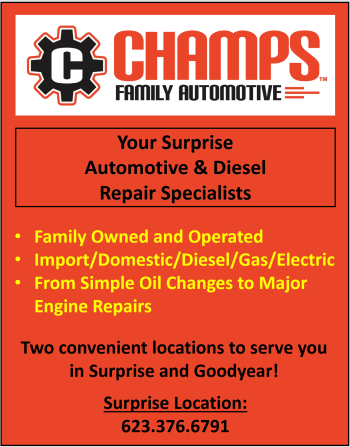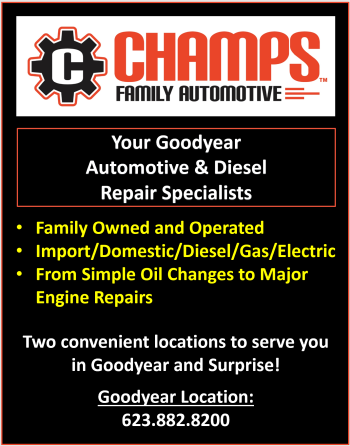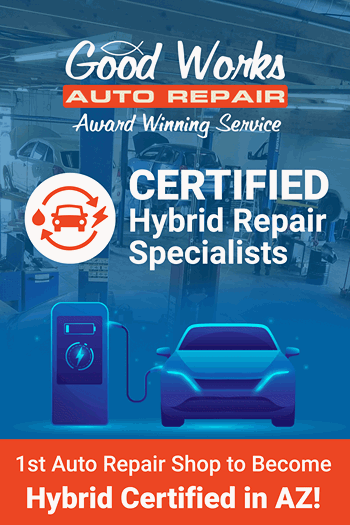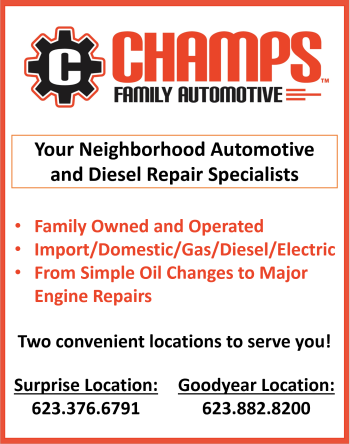- Record-high customer satisfaction breeds loyalty: Overall customer satisfaction with U.S. auto insurers improves in 2018 and is now at a record-high level of 826 (on a 1,000-point scale). This increase in customer satisfaction is inversely correlated with a decline in auto insurance shopping rates, which have reached a record low.1
- Insurers delivering strong omnichannel experience: Customer satisfaction improves across all factors measured in the study, with the biggest gains in billing process and policy information (+11 points); policy offerings (+10); price (+6); and interaction (+3). The gain in the billing process and policy information factor is partly driven by increased satisfaction with electronic statements and monthly billing.
- Preference for digital interaction channels grows: Overall satisfaction tends to be highest when customers interact via a mix of online and offline methods of communication. The preference for digital forms of communication is greatest for low touch-point interactions, such as verifying payment receipt (73% digital preference); making payment (70% digital preference); and ordering proof of insurance cards (66% digital preference).
- Transparency is key when premium increases are introduced: When there is an insurer-initiated premium increase, it is important to communicate that an increase is coming. When customers are pre-notified of a premium increase, overall satisfaction is 797. When they are not notified—which happens 49% of the time—overall satisfaction drops 49 points to 748.
- Usage-based insurance programs grow significantly: Usage-based insurance programs, which leverage telematics technology to set insurance premiums based on how far and how safely a customer drives, are gaining converts. This year, 10% of insurance customers indicate participating in usage-based insurance programs, up from 8% in 2016 and 2017. While the most common reason for participating in a usage-based program is to obtain a discount, speeding alerts, vehicle tracking and driver coaching are gaining importance among customers currently using such programs.
Study Rankings
Following are the highest-ranked auto insurance brands by region:
- California: Ameriprise
- Central: Shelter
- Florida: MetLife
- Mid-Atlantic: Erie Insurance
- New England: Amica Mutual
- New York: New York Central Mutual
- North Central: Auto-Owners Insurance
- Northwest: PEMCO Insurance
- Southeast: Farm Bureau Insurance—Tennessee
- Southwest: CSAA Insurance Group
- Texas: Texas Farm Bureau
All regional rankings are available online at http://www.jdpower.com/pr-id/2018084.
The 2018 U.S. Auto Insurance Study examines customer satisfaction in five factors (in order of importance): interaction; policy offerings; price; billing process and policy information; and claims. The study is based on responses from 44,622 auto insurance customers and was fielded from February-April 2018.























